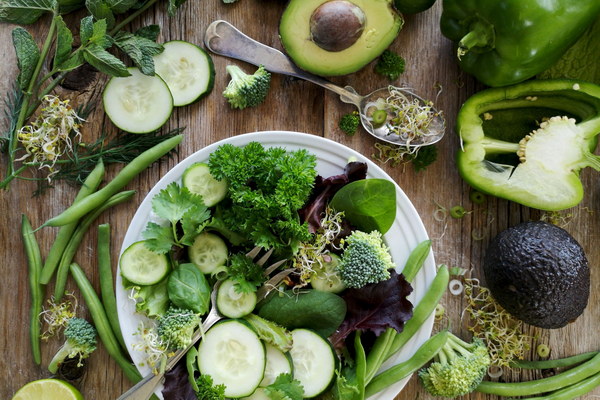The Soothing Power of Congee How Rice Porridge Nourishes Your Stomach
In the world of culinary remedies, few dishes hold the esteemed place that congee does. Known by various names across different cultures, such as rice porridge, jook, or zongzi, this simple yet versatile dish has been a staple in Asian cuisine for centuries. Often hailed as a stomach-soothing wonder, congee is more than just a comforting meal; it's a culinary remedy that has been cherished for its healing properties. Let's delve into the science behind why rice porridge is so beneficial for your stomach.
The Science of Congee

Congee is essentially rice that has been cooked with an excessive amount of water until it breaks down into a thick, creamy porridge. This process releases the starches and nutrients from the rice grains, making it easier to digest. The science behind this lies in the way the starches in the rice break down during the cooking process.
When rice is cooked, its starch granules absorb water and swell. As the water continues to heat, the starch granules eventually burst open, releasing their contents into the liquid. This process increases the surface area of the rice, making it more digestible and easier on the stomach.
Soothing Your Tummy
One of the most notable benefits of congee is its ability to soothe an upset stomach. The gentle texture and easy digestibility of rice porridge make it an ideal food for those suffering from indigestion, nausea, or diarrhea. Here's how it works:
- Gentle on the Digestive System: The soft, creamy texture of congee reduces the workload on the digestive system, making it easier for the stomach to break down and absorb nutrients.
- Nutrient-Rich: Congee is packed with essential nutrients, including carbohydrates, proteins, and B vitamins. These nutrients help to replenish the body's energy stores and support overall health.
- Hydration: The high water content in congee helps to keep the digestive tract hydrated, which can aid in the process of elimination and prevent constipation.
- Anti-Inflammatory: The presence of various nutrients, such as magnesium and potassium, in rice porridge can help to reduce inflammation in the stomach lining, offering relief from conditions like gastritis or ulcers.
A Culinary Cure for Common Ailments
Congee's versatility extends beyond its soothing properties. It can be adapted to suit a variety of ailments and tastes. Here are a few examples:
- For Diarrhea: Adding a pinch of salt or a teaspoon of sugar to congee can help to restore electrolyte balance in the body, which is crucial when you're experiencing diarrhea.
- For Indigestion: Combining congee with ginger or turmeric can provide additional anti-inflammatory benefits, further soothing an upset stomach.
- For Weight Loss: Some dieters opt for a low-carbohydrate, low-calorie version of congee by using a smaller ratio of rice to water or by incorporating vegetables and lean proteins.
A Traditional Remedy for Modern Times
While congee has long been a part of traditional medicine in many Asian cultures, its benefits are gaining recognition in the Western world as well. With its simplicity and versatility, it's easy to see why congee is more than just a meal—it's a culinary remedy that can be enjoyed by anyone looking to nurture their stomach and their health.
In conclusion, the humble congee is not just a comforting meal; it's a culinary remedy that has been cherished for its healing properties. Its gentle texture, ease of digestion, and nutrient-rich composition make it an ideal food for those with a sensitive stomach or those looking to soothe their digestion. So the next time you're feeling under the weather, consider giving this ancient dish a try. Who knows? It might just be the culinary remedy you've been searching for.









